On Painting
History
Painting, as an art form, has a rich and diverse history that spans across cultures and centuries. The earliest known paintings are located in caves, such as the prehistoric cave paintings at Lascaux in France, which date back to around 15,000 BC. These early works often depicted animals and human figures, and were created using natural pigments.
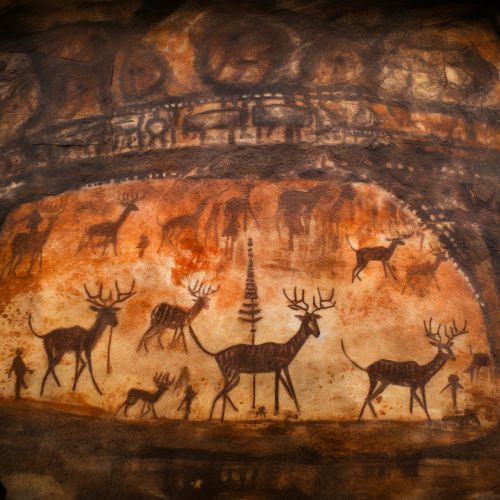
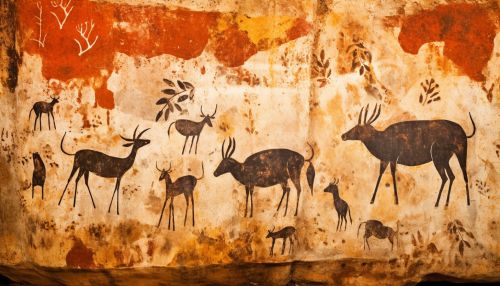
The ancient Egyptians also made significant contributions to the art of painting. Their paintings, often found on the walls of tombs, depicted scenes of everyday life, religious rituals, and the afterlife. The Greeks and Romans, too, used painting to decorate their buildings and to portray scenes from mythology, history, and everyday life.
During the Middle Ages, painting was primarily used for religious purposes. The iconography of religious painting was highly formalized, and each image had a specific meaning. The Renaissance period, however, saw a shift in the focus of painting. Artists began to strive for realism and to explore the use of perspective, light, and shadow. This period produced some of the most famous painters in history, including Leonardo da Vinci, Michelangelo, and Raphael.
The 17th and 18th centuries saw the rise of Baroque and Rococo styles, which emphasized grandeur, drama, and ornate detail. The 19th century, on the other hand, was a time of great change and experimentation in painting. The Impressionist movement, led by artists such as Claude Monet and Pierre-Auguste Renoir, sought to capture the fleeting effects of light and color.
The 20th century saw the emergence of a number of new movements in painting, including Cubism, Surrealism, and Abstract Expressionism. These movements challenged traditional notions of representation and opened up new possibilities for the medium.
Techniques
Painting techniques vary greatly depending on the medium and the individual artist's style. However, there are some common techniques that are used across different styles and periods.
One of the most basic techniques in painting is brushwork. This involves applying paint to a surface using a brush. The way the paint is applied can greatly affect the final result. For example, thin, smooth brush strokes can create a sense of calm and tranquility, while thick, rough brush strokes can convey energy and chaos.
Another important technique in painting is glazing. This involves applying a thin, transparent layer of paint over a previously painted area. Glazing can be used to create a sense of depth and to enhance the luminosity of the colors.
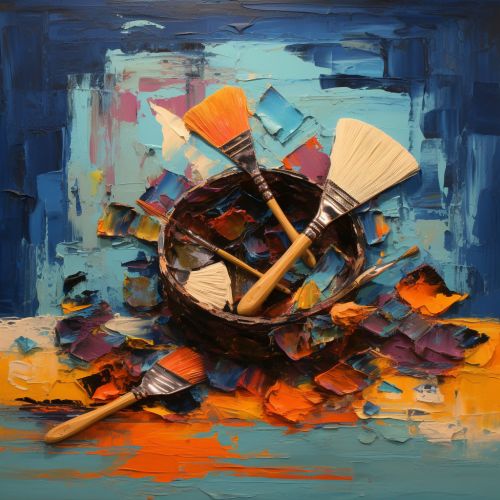
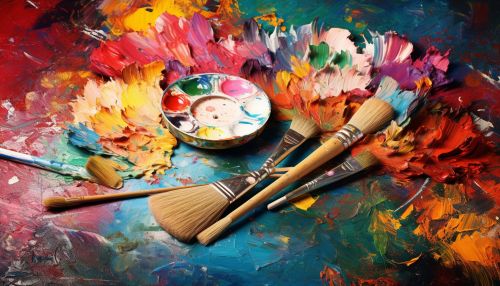
In addition to brushwork and glazing, there are many other techniques that can be used in painting, including Scumbling, Impasto, and Sgraffito. Each of these techniques can be used to create different effects and to express different moods and emotions.
Styles
There are countless styles of painting, each with its own unique characteristics and conventions. Some of the most well-known styles include Realism, Impressionism, Expressionism, Cubism, and Abstract.
Realism, as the name suggests, strives to depict the world as it is, without idealization or distortion. Impressionism, on the other hand, seeks to capture the fleeting effects of light and color, often through loose, spontaneous brushwork.
Expressionism is characterized by its focus on the emotional and psychological experience of the artist. This is often conveyed through distorted forms and intense, non-naturalistic colors. Cubism, pioneered by Pablo Picasso and Georges Braque, involves breaking down objects into geometric shapes and reassembling them from multiple viewpoints.
Abstract art, which emerged in the early 20th century, rejects the need to represent the world in a realistic way. Instead, abstract artists use color, shape, and form to create works that are independent of visual references in the world.
Materials
The materials used in painting can greatly affect the final result. The most common materials used are paints, brushes, and canvases.
Paints can be made from a variety of materials, including pigments, binders, and solvents. The type of paint used can greatly affect the appearance of the final painting. For example, oil paints are known for their rich, luminous colors and slow drying time, while acrylic paints are known for their quick drying time and versatility.
Brushes can be made from a variety of materials, including animal hair, synthetic fibers, and metal. The type of brush used can greatly affect the appearance of the final painting. For example, a flat brush can be used to create broad, smooth strokes, while a round brush can be used to create detailed, precise strokes.
Canvases are typically made from cotton or linen, and are stretched over a wooden frame. The canvas is then primed with a layer of gesso, which helps to prevent the paint from soaking into the fabric.
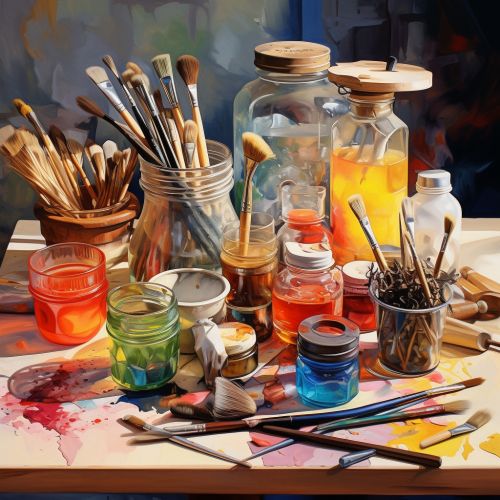
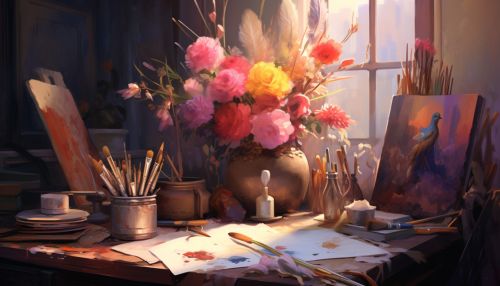
Impact and Influence
Painting has had a profound impact on society throughout history. It has been used to express religious beliefs, to document historical events, to convey political messages, and to explore the human condition. In addition, painting has played a crucial role in the development of visual culture, influencing other forms of art such as sculpture, photography, and film.
Painting has also had a significant influence on other areas of society. For example, the techniques and principles of painting have been applied to other fields such as architecture, interior design, and fashion. Furthermore, the study of paintings can provide insights into the cultures and societies in which they were created.
